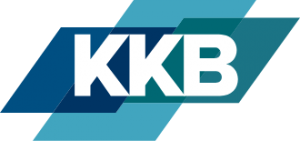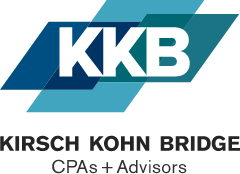Answering calls for improvement
The FASB started its income statement project in 2017 under the name “disaggregation of performance reporting.” The effort was paused in 2019 to allow the FASB to work on segment reporting, which had intertwining issues. In 2021, the income statement project was resurrected and rebranded with the name “disaggregation of the income statement.” Not-for-profit organizations have been excluded from the scope of the project from the get-go. Now for-profit private businesses will be exempt, too.
Originally, the FASB planned to disaggregate three areas of expense:
- Selling, general and administrative (SG&A) expenses,
- Cost of services and other cost of revenues, and
- Cost of tangible goods sold.
In October 2022, the FASB refined the project’s scope to include “any relevant expense line (excluding taxes).” The project aims to address investors’ concerns that companies combine (or aggregate) too many expense details under one caption in the income statement, thereby blurring the details underlying profits and future cash flows.
Being proactive, not reactive
How much detail does your company disclose about its expenses? An underlying goal when preparing financial statements is to provide investors, lenders and other stakeholders with relevant information to help them make well-informed business decisions. So if your company combines broad categories of expenses on its income statement, you might want to consider voluntarily disclosing more details — regardless of whether you’d be affected by proposed guidance that the FASB plans to issue by the end of 2023.
When it comes to reporting expenses, there isn’t a one-size-fits-all solution. Footnote disclosures that break down aggregated expense categories will vary depending on the industry and the company’s operations. Examples of expenses that may be of particular interest to stakeholders include compensation and discretionary items (such as advertising and research costs). You also could apply a “hurdle” to determine whether a line item should be disaggregated and disclosed. For example, the FASB is considering proposing that public companies disclose any item that exceeds, say, 10% of the cost of sales or SG&A expenses.
Eyes on expenses
As interest rates and operating costs — including labor and benefits, materials and supplies, shipping, and utilities — continue to skyrocket, lenders and investors are clamoring for more details. Contact us to determine the appropriate level of disclosure for your business.
© 2023
For more helpful tax and accounting articles, or to sign up for our newsletter, please visit our KKB Insights page. If you have any questions, please contact us.




Advantages of keeping your business separate from its real estate
/in Tax/by KKB CPAsIt may be advantageous to separate ownership of a business’s real estate from the business. But it isn’t always advisable. Here’s a look at the issues. Continue Reading Advantages of keeping your business separate from its real estate
Cutoffs: When to report revenue and expenses
/in Tax/by KKB CPAsDoes your company follow the cutoff rules? Loose interpretation of the accounting rules can lead to errors and unexpected audit adjustments. Here’s how to get it right. Continue Reading Cutoffs: When to report revenue and expenses
Help ensure your partnership or LLC complies with tax law
/in Tax/by KKB CPAsGuaranteed payments to partners and payments to retired partners are just two of the tax issues that should be addressed in your partnership (or LLC operating) agreement. Here are the details. Continue Reading Help ensure your partnership or LLC complies with tax law